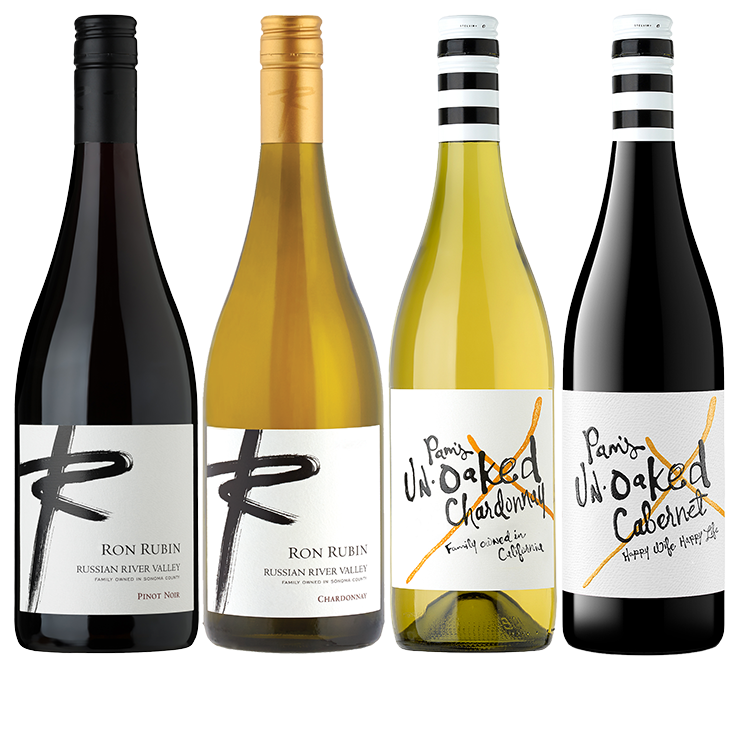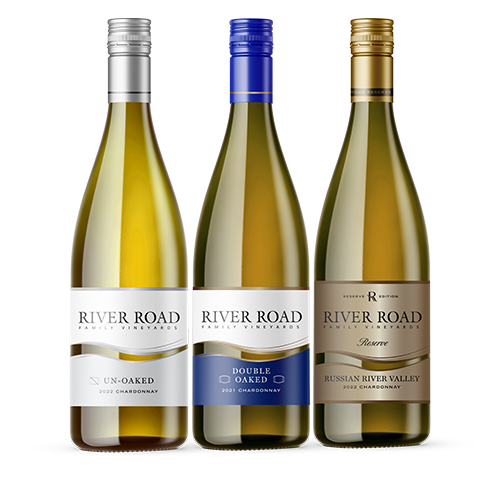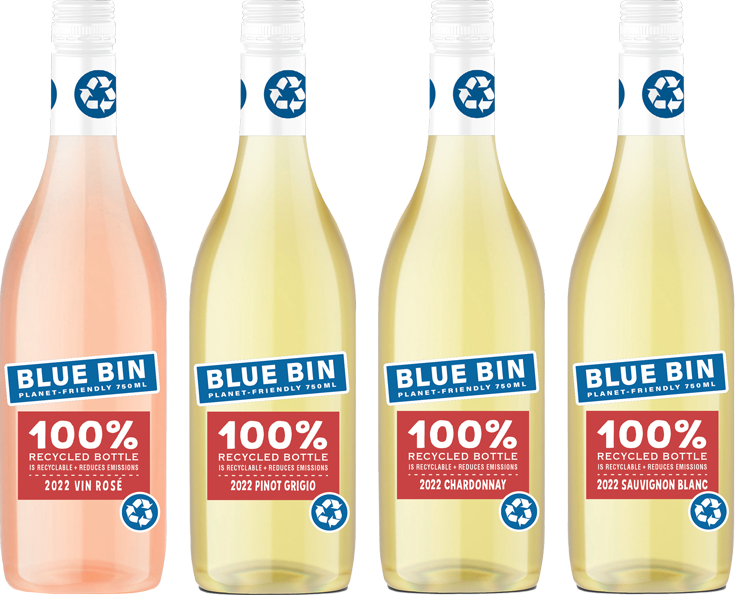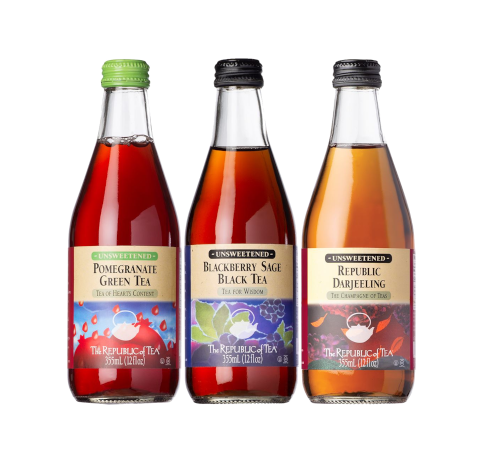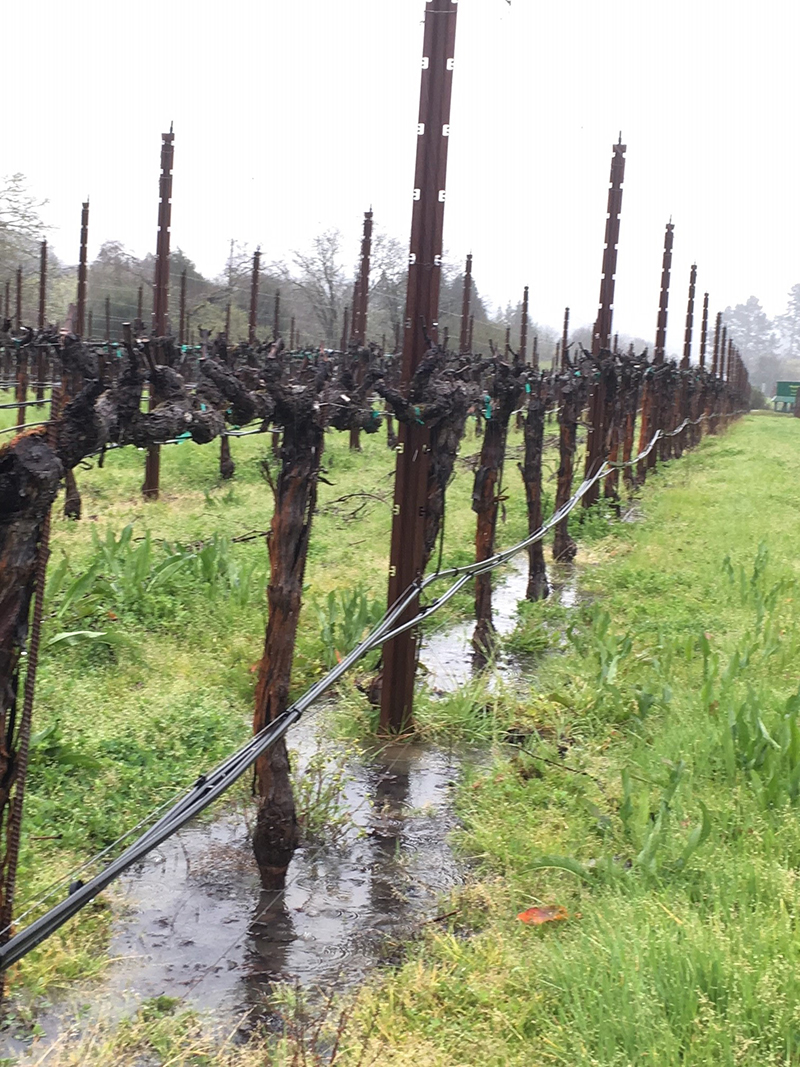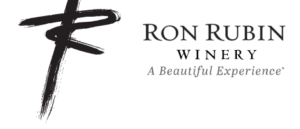VINEYARD UPDATE
What a difference a month makes! After a historically dry February, our third driest on record, the skies opened up in March. While it might not have reached “Miracle March” status (our local phrase for a wet March, after an extremely dry fall and winter), the rainfall was significant. Over seven inches fell on our estate vineyard. This will go a long way toward providing our grapevines needed soil moisture, to carry them through the growing season.
The rainy conditions during March had a secondary effect, keeping the sun hidden behind grey clouds and lower than average temperatures. This delayed the vines’ emergence from dormancy. Compared to 2017, we are seeing bud break just beginning, one week later on the calendar. And when compared to 2016, our vines are three to four weeks behind! See the photos below from late March 2016 and late March 2018, for a dramatic representation of the difference between the years.
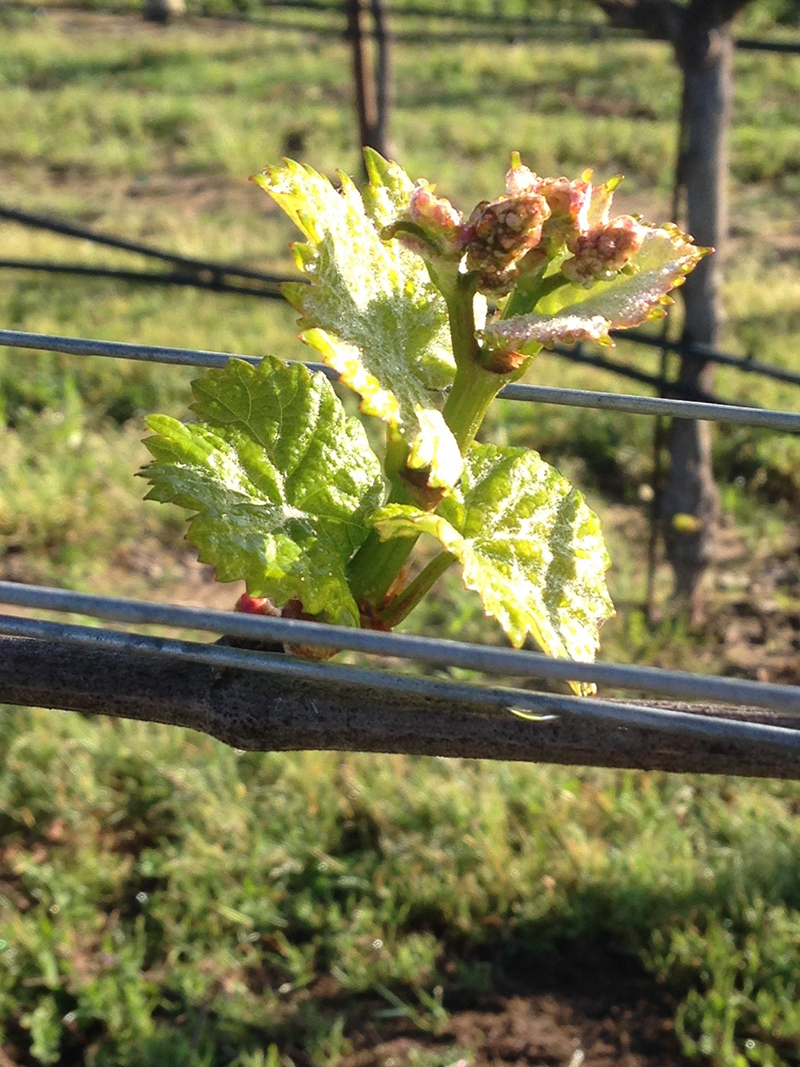
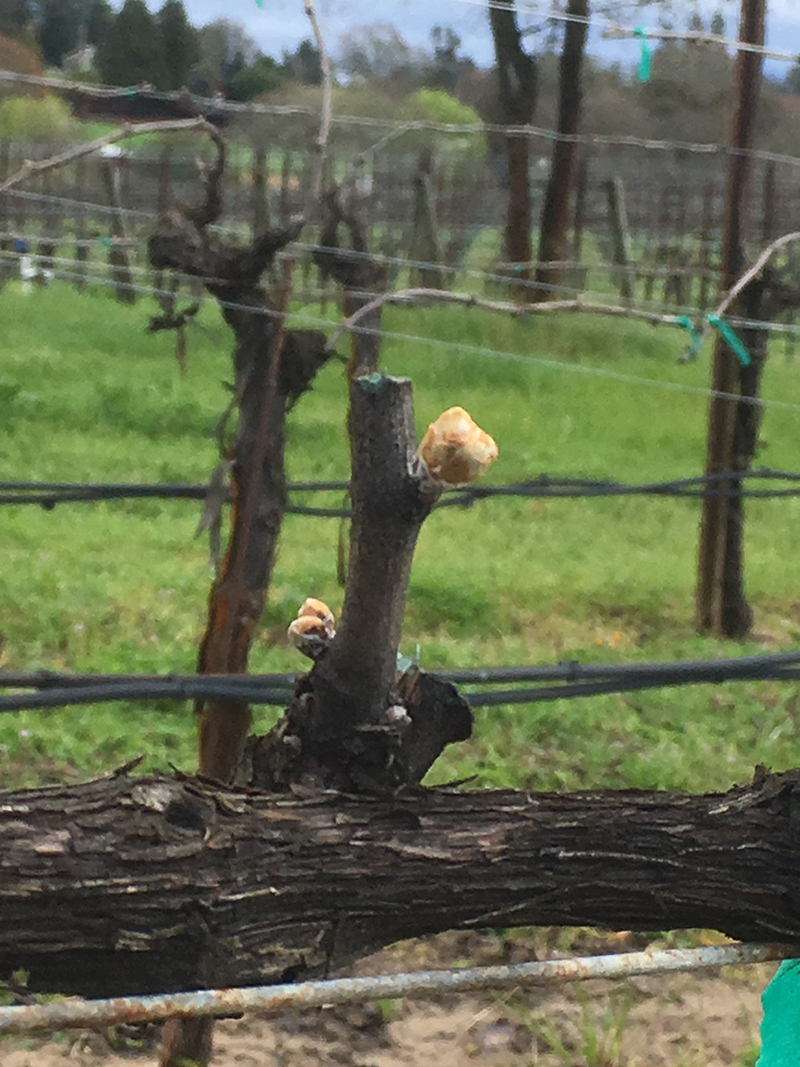
This year’s delayed bud break will likely translate to later than normal dates, for other key milestones; bloom, veraison, and harvest. Although not a sure thing, we might experience our first post-labor day start to harvest since 2012. It’s pretty early for that prediction, as we still have to see what Mother Nature will throw at us.
Generally, we come into each season feeling very optimistic, and this year is no exception. Barring any severe frost activity, over the months of April and May, the potential for 2018 looks great! As always, I’ll keep you updated as the year goes on.
BOTTLING RUSSIAN RIVER VALLEY PINOT GRIS
In mid-March, we bottled our 2017 Russian River Valley Pinot Gris. The wine, from a single vineyard near the southern edge of the appellation, impresses us every year. It’s full of bright aromatics that remind me of star jasmine and apricot. Flavors continue those themes, while adding a fresh grapefruit core. Bright and energetic, with a fleshy mid-palate, this wine is versatile and one of our staff favorites!
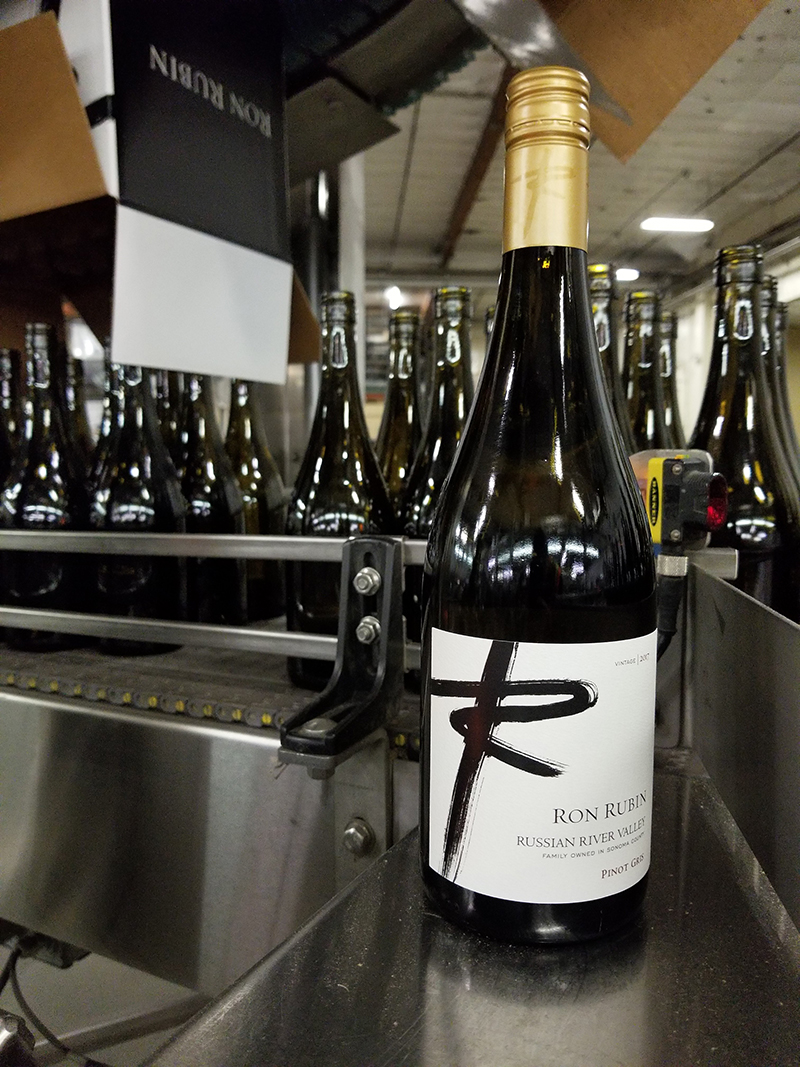
We’ll put the cases of young wine into our cellar for the next several months, while monitoring its development. As soon as the wine hits its stride, we’ll release it to you, so you can taste this amazing Pinot Gris, too!
ED’S COOPER NOTES
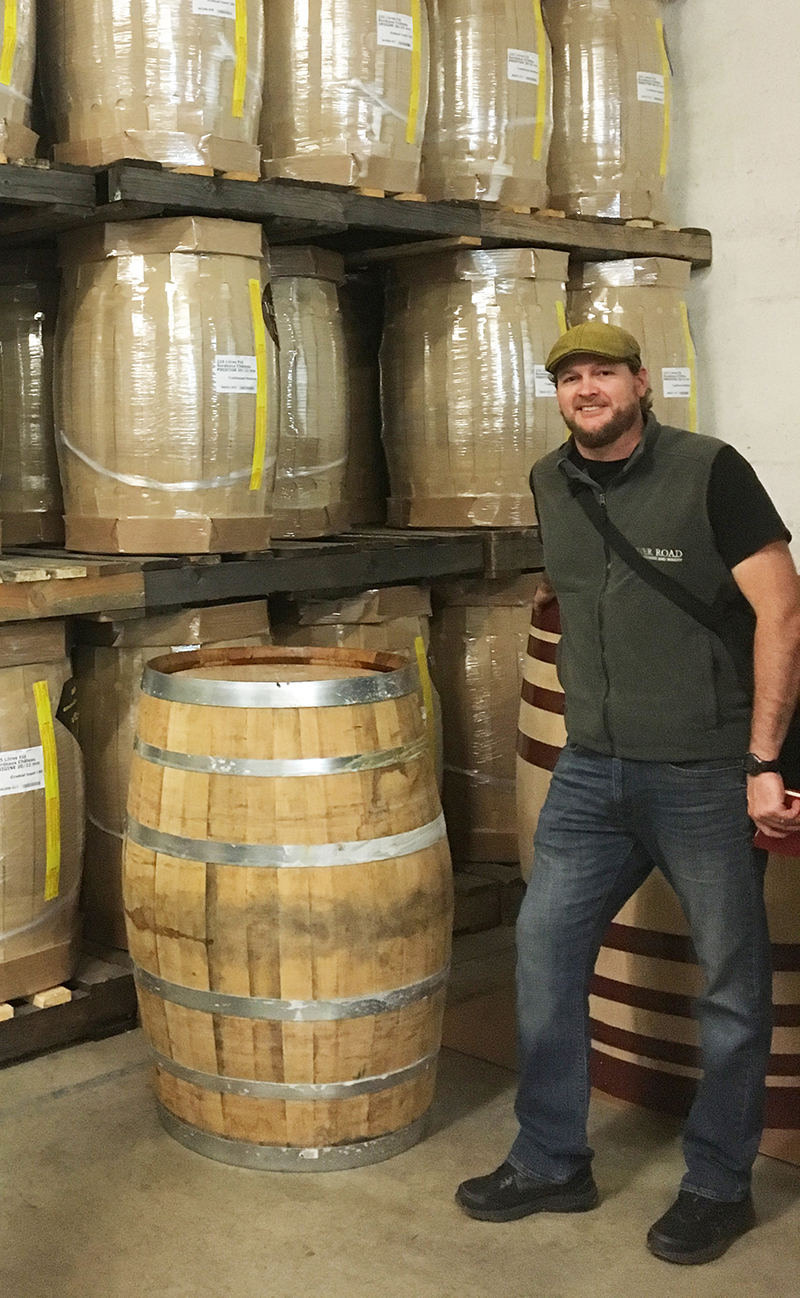
We’ve hit an important point for our 2017 wines in barrel, because we’re at the six-month mark of barrel aging. It’s important, because the aromas and flavors of the barrels are starting to integrate with the wine. We’re finally seeing the results of barrel selections that we made for the 2017 vintage, and how they’ll be influencing the wines. A lot of thought and care went into the barrels we choose. Much like good chefs demands high quality spices to flavor their dishes, we winemakers also demand high quality barrels, to complement the flavor of our wines.
For the 2017 vintage, we’re thrilled to be part of a scientific barrel trial, with Vicard Generation 7 French Cooperage. Owner Jean Charles Vicard has developed a way to analyze the oak throughout the barrel making process, to ensure consistent aromas and flavors. Winemaker Joe Freeman and I visited Jean Charles and his team in Cognac last May. We brought samples of Pinot Noir grown on our Estate Vineyard, and tasted with his team. It was a powerful experience to sit with a barrel expert, whose family has over a century of experience behind it. At that meeting we decided which French Oak barrels would add just the right type of flavors and aromas to our Pinot Noir.
Since filling them, we’ve closely monitored the barrels, and tasted them every three to four weeks. At the three-month aging mark, we sent samples of the wines back to the Vicard Generation 7 team in France. They analyzed the wine for aroma and flavor compounds that come from the barrel.
• Vanillin – Sweet pastry character
• Cis – Whiskylactone – Fresh wood, coconut
• Syringol – Smoky, toasty notes
• Eugenol – Spice notes
By doing this analysis, and knowing exactly what oak compounds are in the wine, we saw a very clear picture of what the barrel samples are contributing. In mid-March we had the Vicard team at the winery to taste the barrel samples and compare the analysis. All of us are thrilled with the results! Having such deep insight into the different aroma and flavor compounds one can extract from oak, it has empowered us to be more precise with the “spices” we use, to complement the wines we’re making at Ron Rubin Winery.

